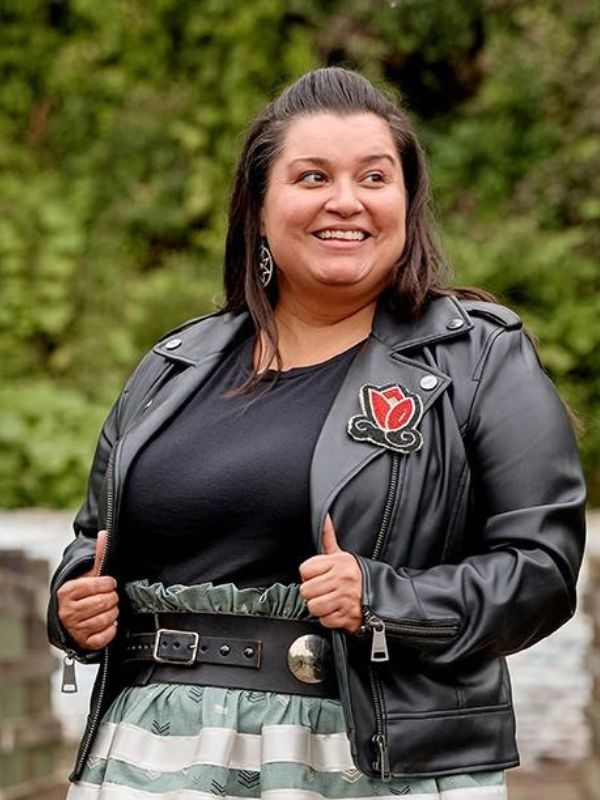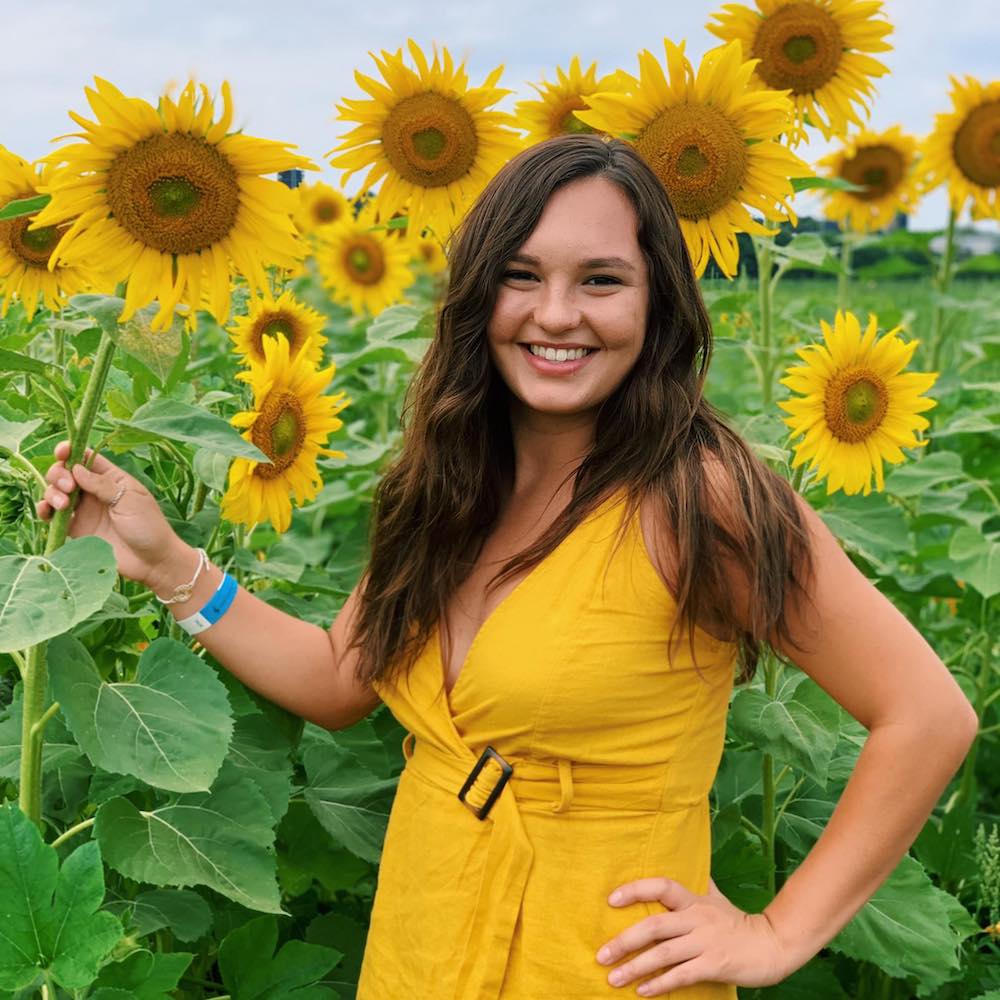Minnetonka, the popular Minneapolis-based footwear brand, recently unveiled an updated version of their iconic Thunderbird moccasin, crafted in collaboration with designer Lucie Skjefte from the Red Lake Nation Anishinaabeg tribe.

The collaboration comes four years after the the company issued a formal apology to Indian Country, acknowledging that its original designs, dating back to its establishment in 1946, had appropriated elements from Native American culture. Since then, Minnetonka has taken steps to make amends, including hiring a reconciliation advisor and donating money to different Native American organizations, schools, nonprofits and tribal entities.
According to the company, Skjefte’s connection to her Indigenous heritage and exceptional design skills made her an ideal partner for updating the brand’s Thunderbird moccasin, which was originally launched in 1953. Previously, she contributed her beadwork skills to Minnetonka's Ziigwan Waabigwan and Ayashe moccasins.
The reimagined style is now called "Animikii," which translates to "Thunderbird" in Ojibwemowin.
With degrees from Minneapolis College of Art and Design and Minneapolis Technical College, Skjefte’ creativity extends beyond her professional endeavors, as she also serves as the Director of Marketing for the Mni Sota Fund, a certified native CDFI.
Skjefte talked to Native News Online about the inspiration for redesigning the Thunderbird moccasin, her personal connection to the Thunderbird rooted in her son’s Ojibwe name, challenges in translating the initial design into beadwork, future plans and projects in the works, and how she aims to highlight the importance of honoring artists and their stories in collaborations like this one.
What inspired you to collaborate with Minnetonka on the redesign of the Thunderbird moccasin?
Adrian Benjamin from Minnetonka [the company’s reconciliation advisor] initially reached out to collaborate on a floral design project, which eventually evolved into the redesign of the Thunderbird. It was exciting to work with a large company like Minnetonka, especially given their genuine approach to reconciliation and apology. My connection with Adrian and her commitment to fostering collaboration played a significant role in my decision to say yes to this opportunity.
Can you share more about the significance of the Thunderbird in Ojibwe culture and why you chose to incorporate it into the design?
My personal connection to the Thunderbird is deeply rooted in my son, whose name, Animikii, translates to Thunderbird in the Ojibwe language. I wanted to give him a strong Ojibwe name, and after discussing it with family and elders, I settled on Animikii. From the moment he was born, my son has radiated a positive energy, which an elder once described as being surrounded by protective spirits. Another elder explained that Animikii’s name could also mean "the one who throws thunder or lightning," which resonated deeply with his athletic abilities, particularly in football, where he's known for his powerful throws since starting at just seven years old.
What challenges did you face in bringing your vision for the Thunderbird moccasin redesign to life?
The collaboration with Minnetonka faced some limitations, particularly in how my initial design was translated into the beadwork. However, working closely with Minnetonka allowed us to overcome these challenges and bring my inspiration to life through the bead design. While it wasn't necessarily difficult, it did require a concerted effort to understand how the digital rendering would translate into beadwork and color palettes.
How do you hope your collaboration with Minnetonka will contribute to broader recognition and appreciation of Indigenous art and culture?
The importance of visibility, not just for our way of life and our contributions, but also for promoting acceptance and integration into mainstream culture. This includes advocating for language revitalization on platforms that highlight the significance of our language, culture, and contributions across various industries, many of which have historically capitalized on and appropriated from Indigenous communities.
Can you share any future plans or aspirations you have in the future?
Currently, I'm deeply involved in a significant project with Mni Sota Fund, the nonprofit organization I'm part of. We're undertaking a capital campaign to purchase a building, which will serve as an extension to the American Indian cultural corridor in South Minneapolis. The campaign aims to raise $7 million, and we've already made substantial progress, reaching about halfway towards our goal. Our focus is on bringing more visibility to the work we're doing within the Minneapolis Indian community and beyond.
What message would you like people to take away from your collaboration with Minnetonka and your efforts to incorporate more Native American culture into the fashion world?
What I really hope shines through in all of this is Minnetonka's approach to elevating the visibility of the artists alongside the products they promote, or the designs themselves. It's crucial to maintain this approach and honor not only the artists and their contributions but also the stories behind their work. Keeping this focus would be truly awesome.
More Stories Like This
Watermark Art Center to Host “Minwaajimowinan — Good Stories” ExhibitionMuseums Alaska Awards More Than $200,000 to 12 Cultural Organizations Statewide
Zuni Youth Enrichment Project Takes Top Emerging Artist Apprentices to Phoenix for Artistic Exploration and Cultural Immersion
From Dishwasher to Award-Winning Chef: Laguna Pueblo's Josh Aragon Serves Up Albuquerque's Best Green Chile Stew
Rob Reiner's Final Work as Producer Appears to Address MMIP Crisis
Help us defend tribal sovereignty.
At Native News Online, our mission is rooted in telling the stories that strengthen sovereignty and uplift Indigenous voices — not just at year’s end, but every single day.
Because of your generosity last year, we were able to keep our reporters on the ground in tribal communities, at national gatherings and in the halls of Congress — covering the issues that matter most to Indian Country: sovereignty, culture, education, health and economic opportunity.
That support sustained us through a tough year in 2025. Now, as we look to the year ahead, we need your help right now to ensure warrior journalism remains strong — reporting that defends tribal sovereignty, amplifies Native truth, and holds power accountable.
 The stakes couldn't be higher. Your support keeps Native voices heard, Native stories told and Native sovereignty defended.
The stakes couldn't be higher. Your support keeps Native voices heard, Native stories told and Native sovereignty defended.
Stand with Warrior Journalism today.
Levi Rickert (Potawatomi), Editor & Publisher


